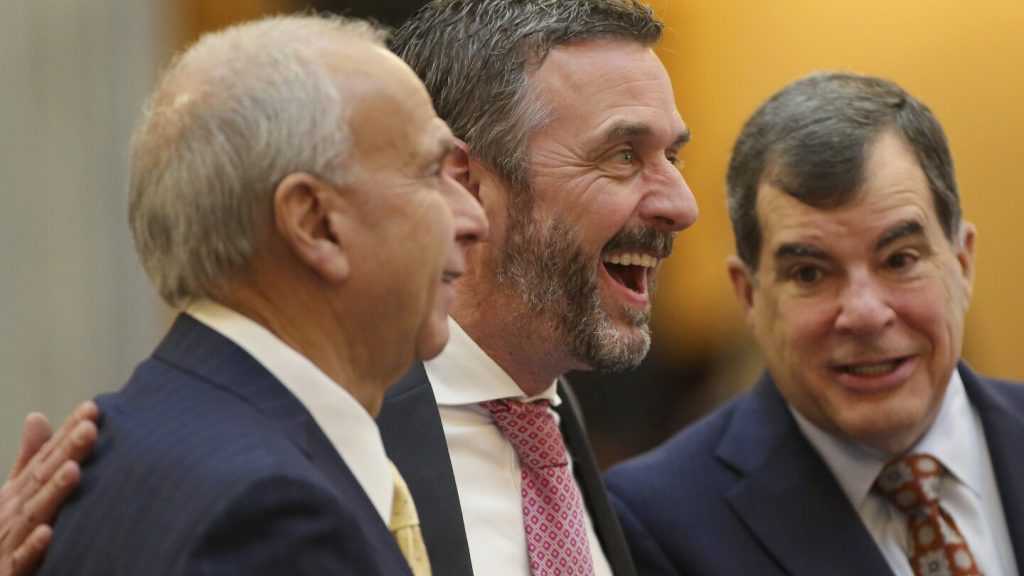Rulli’s victory in the special election for a U.S. House seat in Ohio’s 6th District has expanded the GOP’s narrow majority in the congressional chamber. The Republican state senator defeated Democrat Michael Kripchak and will now face him again in November for a full two-year congressional term. Despite Rulli’s win by 10 percentage points, it was a much closer race compared to previous GOP performances in the district. President Trump carried the district by around 30 percentage points in 2020, indicating a traditionally Republican stronghold.
The 55-year-old Rulli, a second-term state senator from Salem in Ohio’s Mahoning Valley, highlighted the blue-collar nature of the district in his victory speech, emphasizing the importance of individual candidates over party politics. Rulli manages his family’s chain of grocery stores and is known for his retail politics skills. On the other hand, Kripchak, a 42-year-old U.S. Air Force veteran from Youngstown, has experience in acting and telecommunications and currently works at a local restaurant. Despite the loss, Kripchak’s campaign outperformed expectations, challenging the dominance of Republicans in the district.
Former Rep. Bill Johnson resigned in January after 13 years in Congress to become the president of Youngstown State University, leaving his seat vacant. The special election to fill the remainder of his unexpired term took place under congressional maps that were previously deemed unconstitutionally gerrymandered to favor the state’s ruling Republicans. The 6th District, which spans 11 counties along the Ohio River, leans nearly 59% Republican, highlighting the challenges for Democrats in traditionally red districts. The results of this special election could offer Democrats hope for being competitive in Ohio and neighboring Pennsylvania in the upcoming fall elections.
Despite the historical red leanings of the district, Kripchak’s campaign showed resilience and determination in challenging the Republican stronghold. The close margin in the special election indicates a shift in voter sentiment and a potential opportunity for Democrats to make inroads in the region. Rulli’s emphasis on retail politics and his blue-collar background resonated with voters, showcasing the importance of individual connections in political campaigns. The upcoming full two-year congressional term election in November will be crucial in determining the long-term representation of the 6th District and the balance of power in Congress.
Overall, the special election in Ohio’s 6th District has showcased the ongoing political dynamics in the state and the country as a whole. Rulli’s victory expanding the GOP’s majority in the U.S. House has implications for future legislative decisions and party dynamics. The performance of Democratic candidate Kripchak, despite the loss, signals a potential shift in voter attitudes and the possibility of a more competitive landscape in traditionally Republican strongholds. The November election for the full two-year congressional term will be closely watched to determine the long-term representation of the district and the broader implications for the political landscape in Ohio and beyond.


